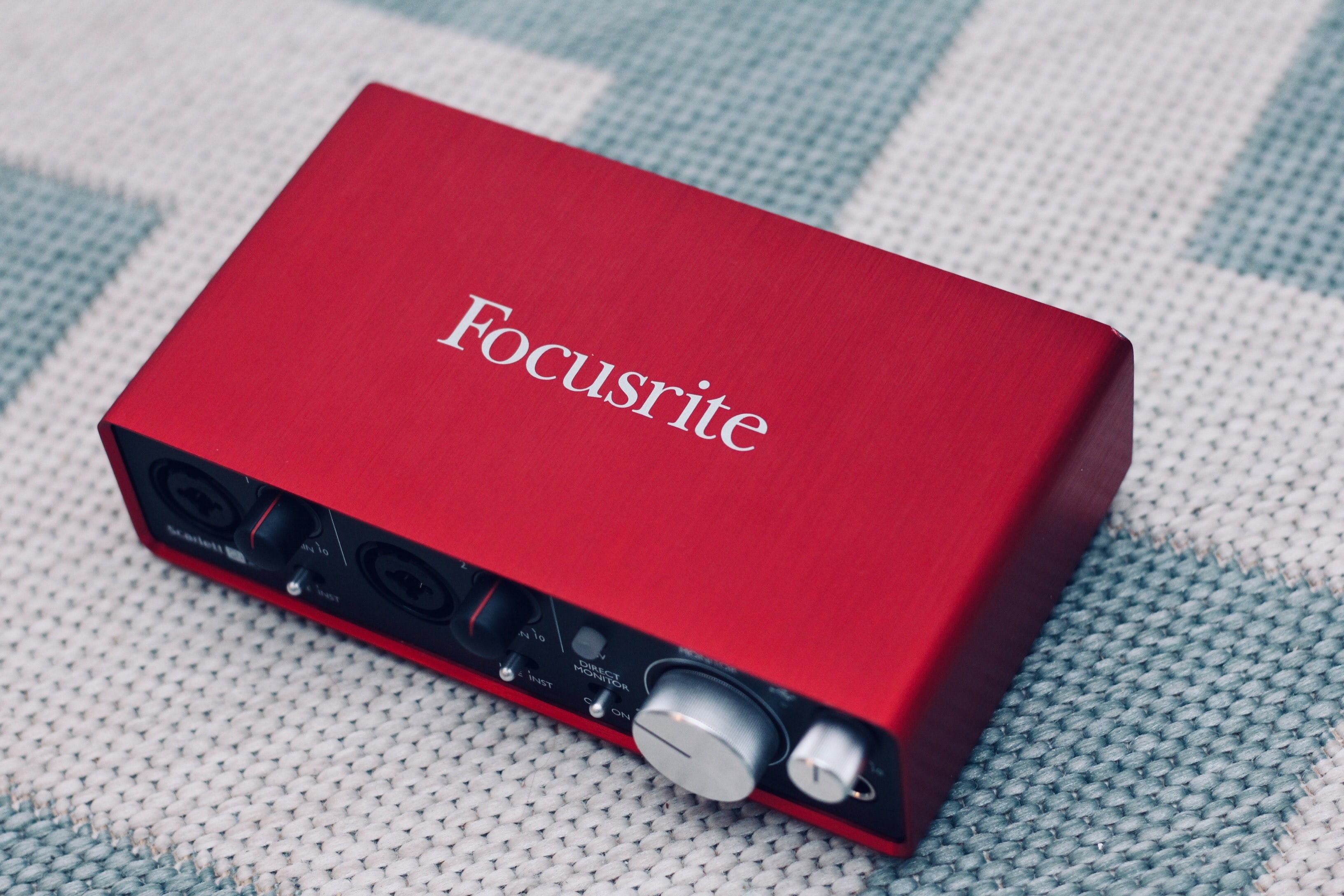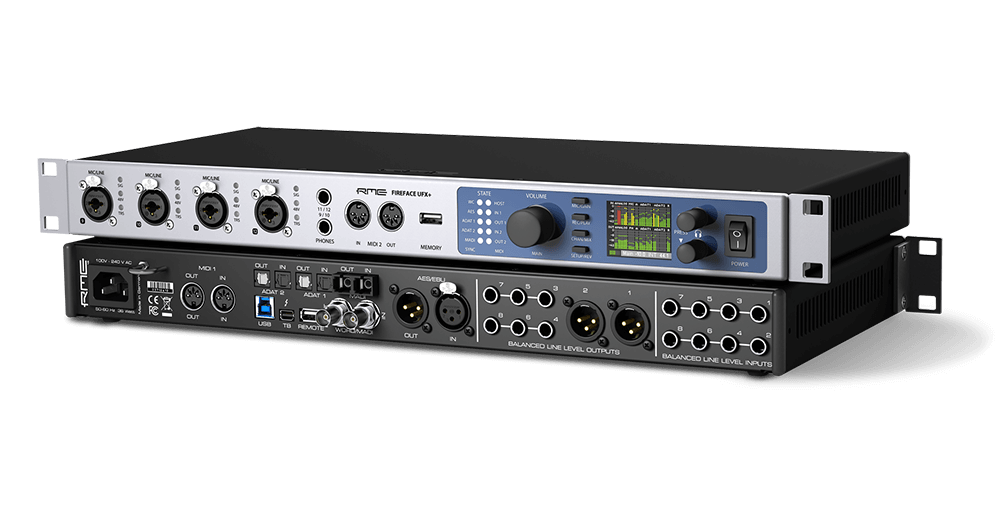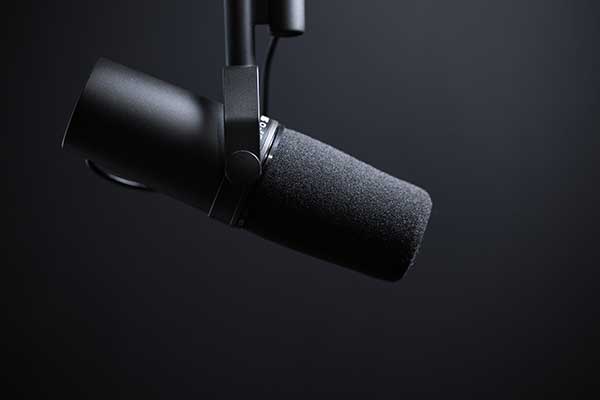
Shure is one of the most trusted sources for audio products worldwide. Founded in 1925, you can find this company’s microphones at the US president’s podium, live concerts, and recordings. If you’re looking to buy affordable equipment trusted by professionals worldwide, consider adding a Shure microphone or two to your mic locker. Let’s look into some of the best models offered by this reputable company.
1. Shure SM58 Vocal Microphone
Application: Vocals, instruments
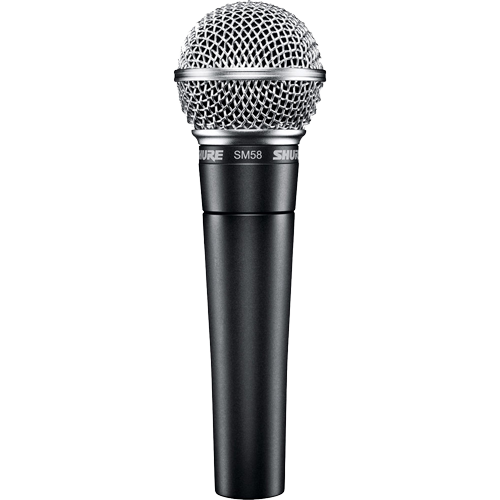
The Shure SM58 is a legendary cardioid vocal microphone beloved for live performances. In fact, watch any live show, and there is a significant chance you will see this microphone. An effective, built-in spherical filter minimises wind and breath pop noises. And the cardioid pickup pattern isolates the primary sound source while minimising unwanted background noises (like your audience cheering!). Moreover, its rugged construction means that it will perform consistently for years to come, whether indoors or outdoors.
2. Shure SM57 Dynamic Microphone
Application: Vocals, instruments
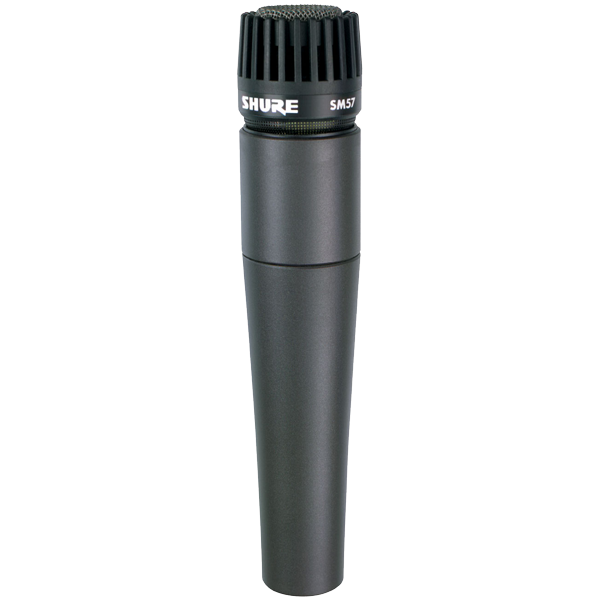
The Shure SM57 unidirectional dynamic microphone is one of the most famous microphones to have ever been manufactured. This microphone is a consistent choice for recording vocals and instruments even decades after its release. Its outstanding performance, legendary reliability, and application diversity make this workhorse the choice of performers, producers, and sound engineers worldwide. For a highly affordable and versatile microphone, pick up the Shure SM57.
3. Shure SM7B Dynamic Microphone
Application: Vocals

Whether you’re broadcasting, podcasting, or recording, you can depend on the Shure SM7B cardioid dynamic microphone to capture smooth vocals. Its flat, wide-range frequency response captures your sound with minimal colouration. The highly effective pop filter eliminates explosive breath sounds even for close-up vocals. Although this is a more expensive option, the SM7B is a standard amongst vocal microphones. If you have the budget and need your session to be perfect, we strongly recommend getting the Shure SM7B.
4. Shure Beta 52A Instrument Microphone
Application: Kick drums, low-frequency instruments

For recording kick drums and other low-frequency instruments, turn to the Shure Beta 52A. This microphone delivers studio-quality sound even at high sound pressure levels and effectively rejects unwanted sounds. Another great feature is the built-in dynamic-locking stand adapter with an integral XLR connector that holds the microphone’s position even if subjected to heavy blows within the kick drum. If you need to record kick drums or bass instruments, the Shure Beta 52A is one of the best of its class.
5. Shure KSM32 Studio Condenser Microphone
Application: Vocals, acoustic instruments

For those wanting a high-end microphone for capturing clear vocals, the Shure KSM32 has you covered. A part of Shure’s most prestigious KSM line, this microphone is best suited for demanding professionals. This microphone has a condenser diaphragm with an extended low-frequency range, delivering an open, natural-sounding reproduction of the source. Its pop filter also effectively eliminates unwanted noises and makes the recordings sound crisp. Although this microphone is best suited for vocals, you could also record acoustic instruments effectively with it. So, if you’re looking for a professional microphone, consider the Shure KSM32 in either charcoal or champagne.

